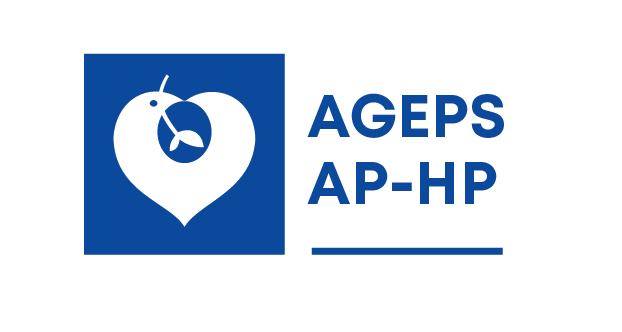MEDICAL DEVICES USED IN INTERVENTIONAL NEURORADIOLOGY: CAN WE REACH A CLINICAL CONSENSUS TO RATIONALIZE THE NUMBER OF REFERENCES PURCHASED IN A FRENCH HOSPITAL GROUP ?
H. Beaussier 1,*, S. Faré 1, H. Junot 1, A. Degrassat-Theas 1, C. Naud 1, P. Faure 2, M. Sinègre 1
1AGEPS – Service Evaluation Pharmaceutique et Bon Usage – Central Drugs and Medical Device Assessment Committee, 2Central Drugs and Medical Device Assessment Committee, AP-HP, Paris, France
Introduction: Interventional neuroradiology (INR) is in constant progress with a large diversity of medical devices (MD) to improve diagnostic and therapeutic percutaneous acts. Our hospital university group possess its own purchasing central associating a central MD committee and experts. Best choice for best price remains important for the 5 INR centers taking charge of specific patients from our 37 hospitals. The aim of this work is to describe the process to reach a clinical consensus to clarify indications, rationalize references and introduce innovation.
Materials & Methods: For each INR MD, technical, financial and clinical data provided by manufacturers were analyzed and completed by literature research. Considering the large panel of INR MD, a survey was also performed to determine INR clinicians’ uses to optimize the assessment process. All data were compiled, presented and discussed during a multidisciplinary session with INR clinicians and pharmacists involved.
Results: 6 MD categories (416 references; 1.6 million euros) were identified (catheter-guidewire, microcatheter, microguidewire, endoprosthesis (EP), remodeling balloon and mechanical thrombectomy devices). The 5 INR centers answered to the survey. Microcatheters and microguidewires indications depend on specific characteristics: detachable distal tip microcatheters are dedicated to arterial venous malformations (AVM) (2 ranges) whereas non-detachable tip microcatheters are used either for AVM (2 ranges), aneurysm (4 ranges) or EP placement (6 ranges). 7 microguidewire ranges were sustained: 2 for aneuvrysm (larger diameter), 2 for AVM and 3 for specific uses (1 docking wire, 1 exchange guidewire, 1 balloon naviguability). 4 catheter-guidewire categories were defined: “Standard”, “coaxial navigation”, “long accessibility” and “balloon accessibility”. 7 remodeling balloon ranges, 4 EP (aneurysm and angioplasty) and 3 mechanical thrombectomy devices were sustained. 11 ranges were suppressed (obsolete MD or absence of clinical needs) and 7 innovated MD ranges were introduced.
Discussions, Conclusion: This multidisciplinary work allowed clarifying INR MD needs. Clinical consensus was difficult to reach considering the necessary diversity of practices face to various situations (manipulation, lesion accessibility, patient anatomy). A first call for tender has been obtained (standard catheter-guidewires) and new MD have been admitted according to their novel characteristics, clinical evidence and price. Regular multidisciplinary updating session is good process to improve patient health care management in our hospitals.
ESCP Annual Symposia, 19-21 October 2011, Dublin, Ireland

